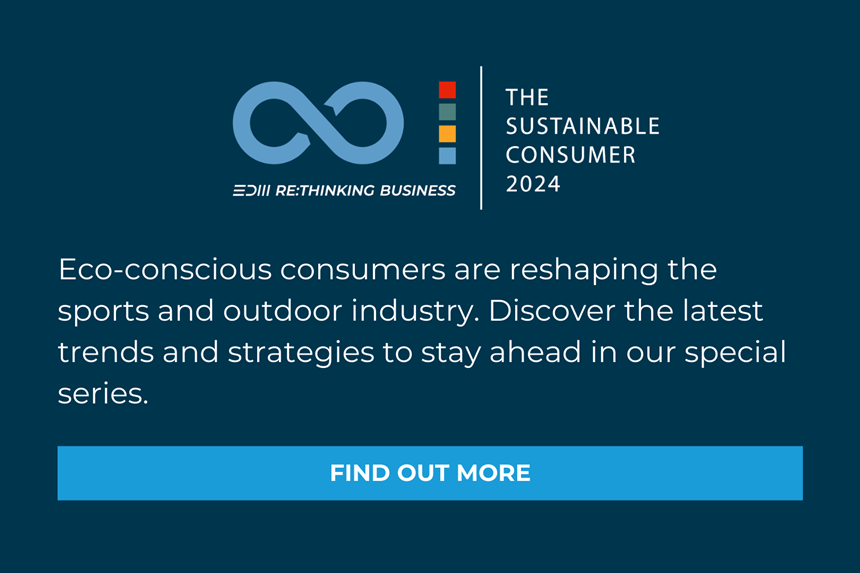A new initiative to promote the transition towards a circular economy was launched by leaders from business, government, finance and civil society during a landmark online event on Feb. 4.
The Circular Economy Action Agenda was developed collectively by more than 200 experts from 100 organizations as a call to accelerate the transition to a circular economy. These experts contributed via phone interviews, group discussions and substantial written inputs. Textiles are dealt with in one of the five reports that make up the Agenda, in addition to reports about plastics, electronics, food and capital equipment. The Circular Economy Action Agenda is led by PACE (Platform for Accelerating the Circular Economy), a forum of more than 100 leading politicians, business leaders and NGOs.
PACE was created in 2018 by the World Economic Forum (WEF) and is now hosted by the World Resources Institute (WRI). PACE is facilitated by a full-time team in The Hague, Netherlands. The report on textiles, developed in partnership with Accenture, sets the following three objectives: inputs for textiles are safe and recycled or renewable, textiles are kept in use for longer and textiles are recyclable and recycled at end-of-use.
The report also puts forward ten “calls-to-action” to overcome the major barriers and to optimize the impact of the transition:
- Incentivize and Support Design for Longevity and Recyclability.
- Produce Virgin Natural Fibers Sustainably, Including Land Use.
- Encourage the Market to Use Less Clothing and for Longer.
- Guide and Support New Business Models for Environmental, Financial and Social Triple-Win.
- Where Used Textiles Trade Occurs, Ensure Environmental and Socio-Economic Benefits.
- Strategically Plan Collection, Sorting and Recycling Operations.
- Increase Efficiency and Quality in Textiles Sorting.
- Make Recycled Fibers Market Competitive.
- Integrate and Advance Decent Work in the Transition to a Circular Economy for Textiles.
- Investigate the Socio-Economic Impacts of a Circular Economy for Textile.







